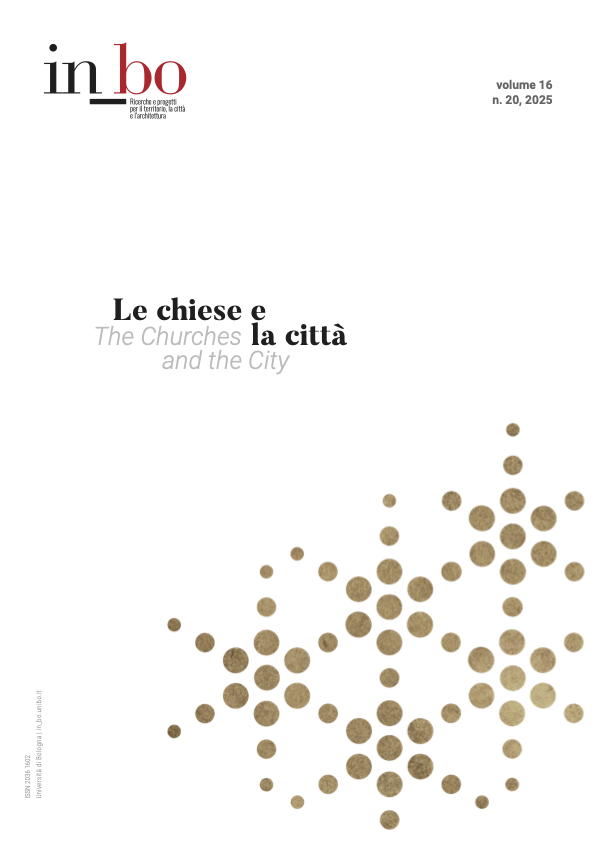Comunità ecclesiali del futuro. Due esempi a confronto
DOI:
https://doi.org/10.60923/issn.2036-1602/22964Parole chiave:
resilienza, adattamento, dismissione, policentrismo, aggregazioneAbstract
Le nostre Comunità Ecclesiali, riflesso della città celeste in terra, avranno la sensibilità e il coraggio di riconoscere prima e di discernere poi le questioni nodali che permeano la nostra contemporaneità? Per rispondere a questo domanda va affrontato con urgenza il tema della Ecclesia futuri: una comunità di cristiani al passo con i tempi, attenta alle profonde trasformazioni indotte dalla società nella sua totalità, in un’ottica di ecologia integrale. Una delle sfide più importanti riguarda il tema della riorganizzazione territoriale delle diocesi con la riduzione del numero delle parrocchie quale soluzione possibile, se non unica, per risolvere il problema cruciale di un clero sempre meno numeroso e più anziano. L’accorpamento è un’azione che consente di razionalizzare il numero di pastori in un territorio di riferimento più vasto, concentrando gli sforzi e le risorse. Da questo assunto discendono due questioni: da un lato si ha la necessità di ampliare, aggiornare e ridefinire il complesso parrocchiale, dall’altro si dovrà gestire lo spazio dismesso delle chiese non più parrocchiali. Un secondo tema riguarda il ruolo fondamentale che assume un centro parrocchiale all’interno delle dinamiche urbane: polo fondamentale in una città policentrica, ma anche luogo di aggregazione comunitaria, punto di riferimento sociale e propulsivo di attività interne ed esterne alla vita parrocchiale. A sostegno di queste osservazioni vengono presentati due esempi concreti: la chiesa di Santo Stefano di Rualis e il Centro Parrocchiale di Carbonera.
Downloads
Pubblicato
Come citare
Fascicolo
Sezione
Licenza
Copyright (c) 2025 Sandro Pittini

Questo lavoro è fornito con la licenza Creative Commons Attribuzione - Non commerciale 4.0 Internazionale.




